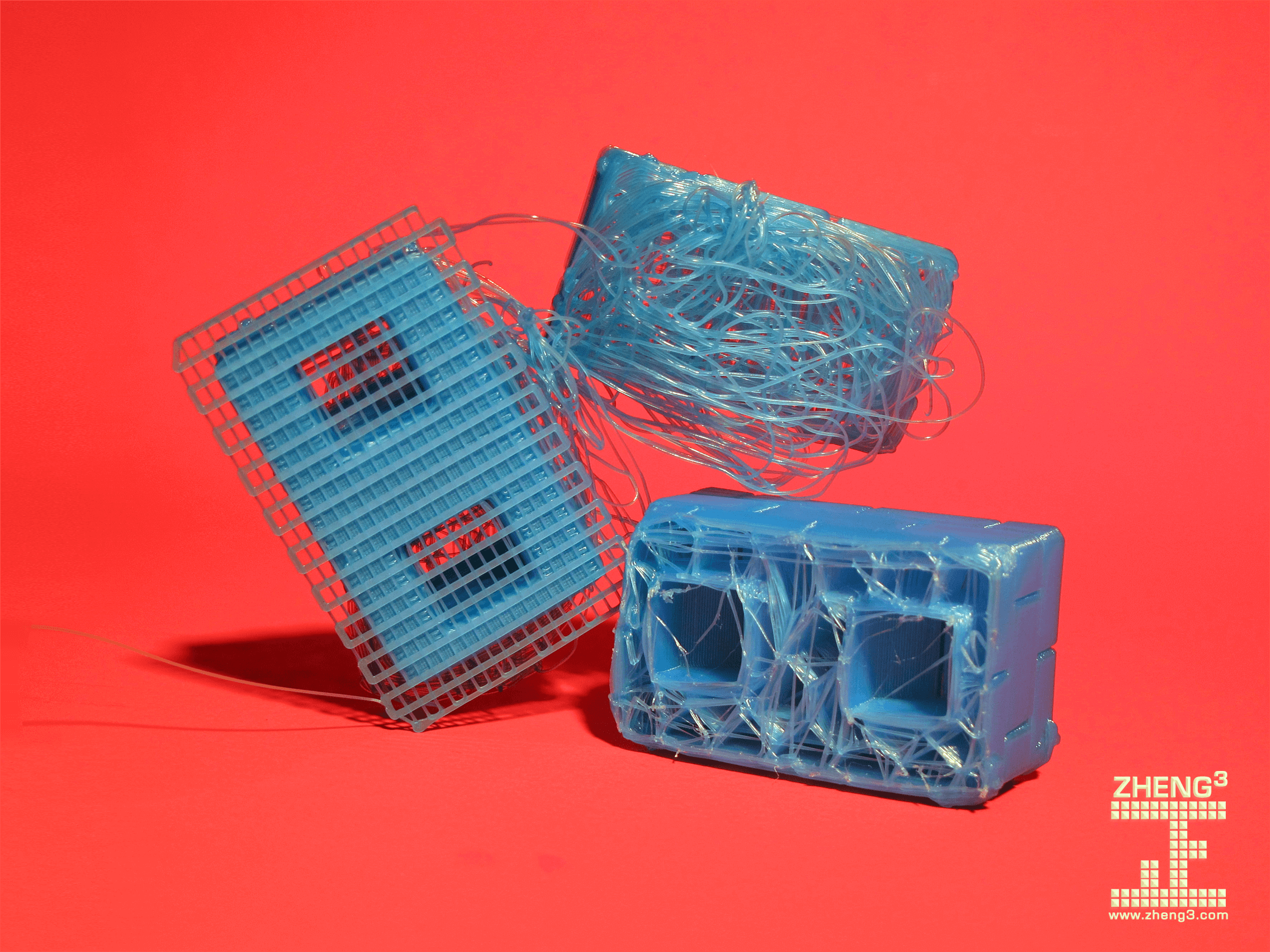What Is Slicing In 3d Printing
The slicer, also called slicing software, is computer software used in the majority of 3D printing processes for the conversion of a 3D object model to specific instructions for the printer. In particular, the conversion from a model in STL format to printer commands in g-code format in fused filament fabrication and other similar processes.[1][2][3][4][5]
Cura is an open source 3D printer slicing application. It works by slicing the user’s model file into layers and generating a printer-specific g-code. Once finished, the g-code can be sent to the printer for the manufacture of the physical object. Download the printer setting file of ET4 in Cura here👈 Download the de. There comes a time when you want to print larger objects on your 3D Printer than your print bed allows. Well, in this 3D Printing 101 we will show you how us. A 3D slicer software works by cutting the.STL file designed with the CAD software into many different parts. These parts are the layers that the 3D printer creates when prompted for printing. After the model is designed, slicing comes next. And, this is the final step required for the preparation of 3D files. In the world of 3D printing, for better 3d printing experience, there will be an important step, which is the use of slicing software. For beginners, slicing software may be a little difficult to operate, but don't worry, there will be detailed steps here.
The slicer first divides the object as a stack of flat layers, followed by describing these layers as linear movements of the 3D printer extruder, fixation laser or equivalent. All these movements, together with some specific printer commands like the ones to control the extruder temperature or bed temperature, are finally written in the g-code file, that can afterwards be transferred to the printer.
Additional features of the slicer[edit]
Nearly all slicers have some additional features, like:
- Infill: solid objects need a large amount of valuable material (filament, ...) and print time. The slicer can automatically convert solid volumes to hollow ones, saving costs and time. The hollow object can be partially filled by internal structures, as internal walls, to provide additional robustness. The amount of these structures is called infill density, this parameter being one of the adjustments to be provided to the slicer.
- Supports: most of the 3D printing processes create the object layer by layer, down to up, with the layer under construction being deposited over the previous one. As a consequence, all object parts must overlie, at least in some part, over another one. In the case of an object layer that is floating (by example, the flat roof of a house or an horizontally extended arm in a figure), the slicer automatically can add supports for it. The support touches the object in a way that is easily detachable from it at the finish stage of the object production.
- Rafts, skirts and brims: printing of the first object layer, the one in contact with the printer bed, has some peculiarities, like problems of object adherence to the bed, rugosity, smooth deposition of the first amounts of filament, ... [6] . The slicer can automatically add some detachable structures to minimize these problems. Usual types of these base structures are [7] a skirt (a single band around the base of the object without touching it), a brim (several lines of filament around the base of the object, touching it but not under it, and radiating outwards) and rafts (several layers of material that form a detachable base, with the object printed over it).
List of slicer software[edit]
Slicing A 3d Model

There's a wide collection of slicer applications, some of them free and open-source. Some of the most used ones are [4][8]:
| Name | License | Relations |
| Ultimaker Cura | GNU LGPL | |
| SuperSlicer | GNU AGPL | Fork of PrusaSlicer |
| PrusaSlicer | GNU AGPL | Fork of Slic3r |
| Slic3r | GNU AGPL | |
| Eiger | Proprietary | |
| Simplify3D | Proprietary | |
| FlashPrint | Proprietary | |
| KISSlicer | Proprietary | |
| ideaMaker | Proprietary | |
| REALvision | Proprietary | |
| Voxelizer | Proprietary | |
| NanoDLP | Proprietary | |
| ChopChop3D | Proprietary | |
| Kiri:Moto | MIT |
References[edit]
- ^Evans, Brian. Practical 3D Printers: The Science and Art of 3D Printing. apress. ISBN978-1-4302-4393-9.
- ^Keon Aristech Boozarjomehri. 3D Printing at School and Makerspaces: Project Learning with 3D Printing. Cavendish Square. ISBN978-1-6804-5016-3.
- ^Liza Wallach Kloski, Nick Kloski. Getting Started with 3D Printing: A Hands-on Guide to the Hardware, Software, and Services Behind the New Manufacturing Revolution. Maker Media, Inc. ISBN978-1-6804-5020-0.
- ^ ab'Slicer - RepRap'. reprap.org. Retrieved 2018-09-15.
- ^'What is Slicing Software, and what does it do?'. www.goprint3d.co.uk. Retrieved 2018-09-15.
- ^'When should I use a raft, when should I use a brim?'. 3D Printing Stack Exchange. Retrieved 2018-09-15.
- ^'Rafts, Skirts and Brims!'. www.simplify3d.com. Retrieved 2018-09-15.
- ^'Best 3D Slicer Software for 3D Printers of 2018 (Most are Free) All3DP'. All3DP. 2018-06-01. Retrieved 2018-09-15.